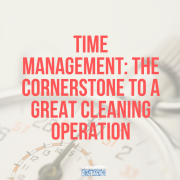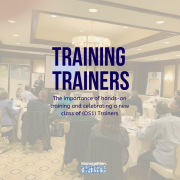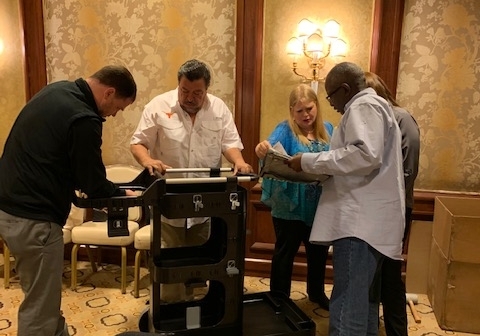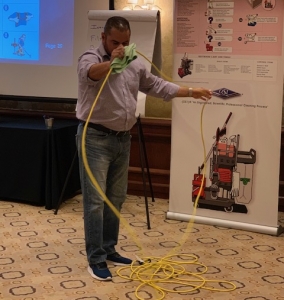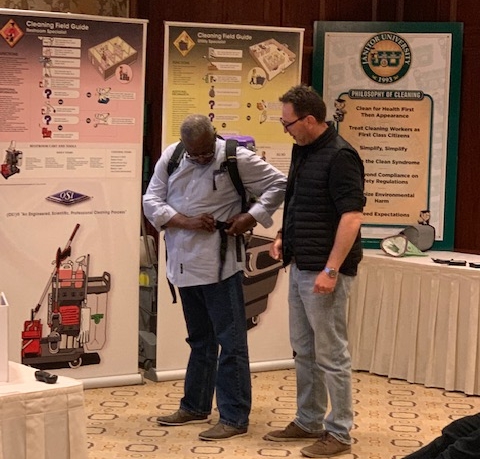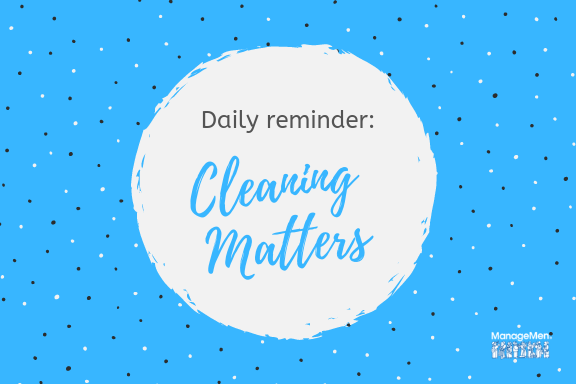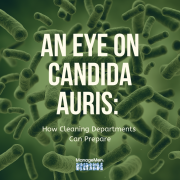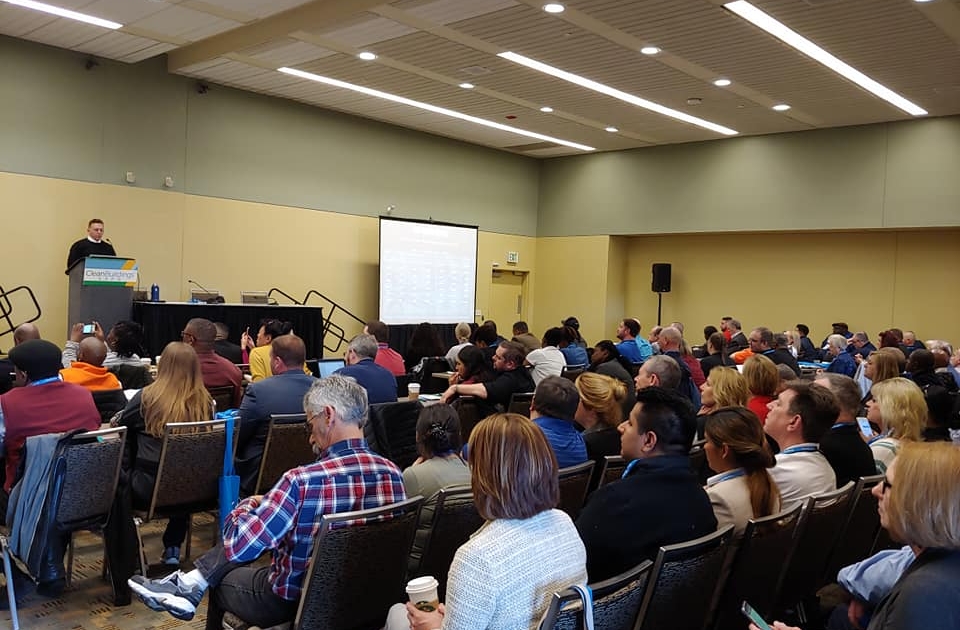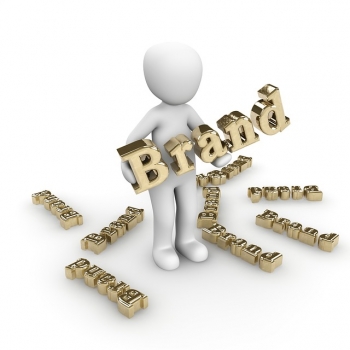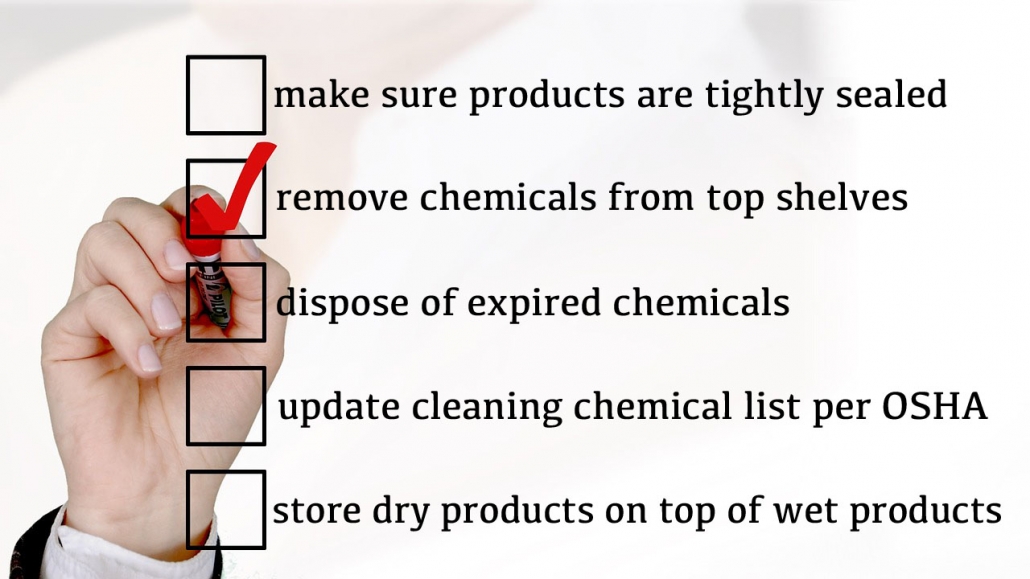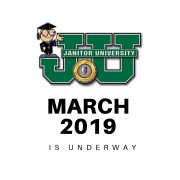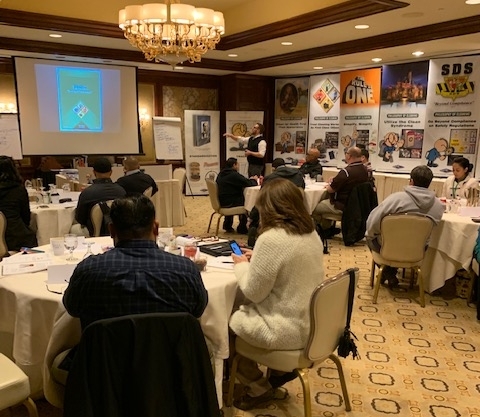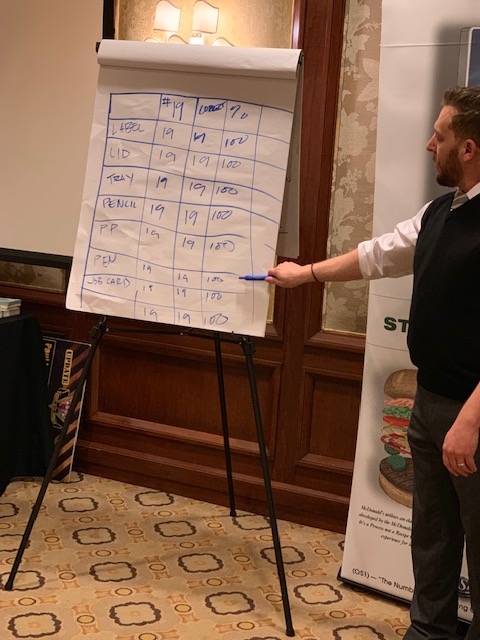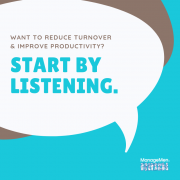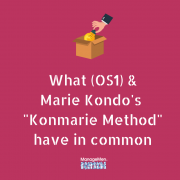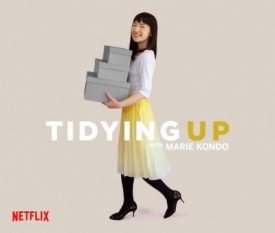The Importance of Time in a Cleaning Operation
“Time is more precious than gold, more precious than diamonds, more precious than oil or any valuable treasures. It is time that we do not have enough of; it is time that causes war within our hearts, and so we must spend it wisely.”
— Cecelia Ahern, The Gift
Over the years, we’ve spoken with hundreds of facility managers and experts in our industry. One thing that often separates the people who run relatively smooth operations from those routinely plagued with issues is great time management skills. At the front of any great cleaning operation is an individual who not only does a great job of managing his or her own time, but also the time of the custodial team. They equip custodial workers with a toolkit that includes the equipment and products to do the job, along with the ability to make their own decisions and effectively manage their own time.
Why is time management so important? For starters, because labor accounts for approximately 90 percent of a cleaning budget. The remaining 10 percent goes to supplies, equipment and consumables such as toilet paper, paper towels, etc. As an industry, we typically focus on that 10 percent (e.g. “what’s the cost of auto scrubber A compared to auto scrubber B?”). However, a lot of our business at ManageMen is built around how we can do a better job of managing the other 90 percent.
Enter workloading. Workloading is the term used to describe how labor is managed in a cleaning operation. It details the goals, describes the jobs and projects outcomes for every position within the department. While many facility managers find work loading to be a near impossible task, it’s core to the (OS1) System. Without even distribution of responsibilities, clearly defined tasks and outlined outcomes, too many variables can enter the equation. An operation that has been workloaded is focused and makes the best use of time.
Take Maria, for example. Maria has a set of specific tasks outlined on a checklist for her to complete in her 8-hour shift. As she’s vacuuming the hallway, she receives a call that someone needs help setting up a conference room. In this situation, Maria has been trained to say “no.” She understands that her checklist is the priority and that if she has time at the end of her shift, she can help setup later.
We all have the same 24-hours in a day and 8-10 hours a day at work. So what strategies can you use to make the most of time in your custodial operation?
- Conduct an audit of how you currently use your time. Do you spend an hour each day responding to email? Dealing with personnel issues? Track your time for a week and see where you spend your time.
- Create a list of priorities. This can be divided up into a list of daily, weekly or monthly tasks. Include steps you need to take to achieve larger goals, along with regular responsibilities.
- Establish a set time to complete each task. This is where our Cleaning Times book can be an extremely effective tool: look at the time referenced in our book and conduct your own analysis of the time it takes a cleaning worker to complete the task and compare the two. Having a set time to complete the job will help keep your team focused and on task.
- Plan ahead. It’s one thing to complete your list of things to do, but you should also be thinking about what’s next. This can be done either the night before, or first thing in the morning – establish your MIT or Most Important Thing.
- Give yourself time. While it seems counter-intuitive to effective time management, it’s important to allocate extra time between tasks and meetings. Cramming too many activities back-to-back will reduce your effectiveness. Studies have shown that the human brain can only focus for approximately 90-minutes at a time. Give yourself a few extra minutes to take a walk, drink a glass of water or just take a few deep breaths between tasks.
- Keep the Pareto Principle in mind. Italian philosopher and economist Vilfredo Paredo once observed that 20 percent of the pea plants in his garden generated 80 percent of the healthy pods. This led him to think about uneven distribution in other areas, and he found that, in numerous industries, 80 percent of the production came from about 20 percent of the companies. This led to the generalization that 80 percent of the results come from 20 percent of the action—or the 80/20 rule. As a manager, focus your time on the 20 percent of the tasks that will lead to the biggest return. Delegate what tasks do not align with these goals.
As motivational speaker Zig Ziglar says, “Time can be an ally or an enemy. What it becomes depends entirely upon you, your goals, and your determination to use every available minute.”
